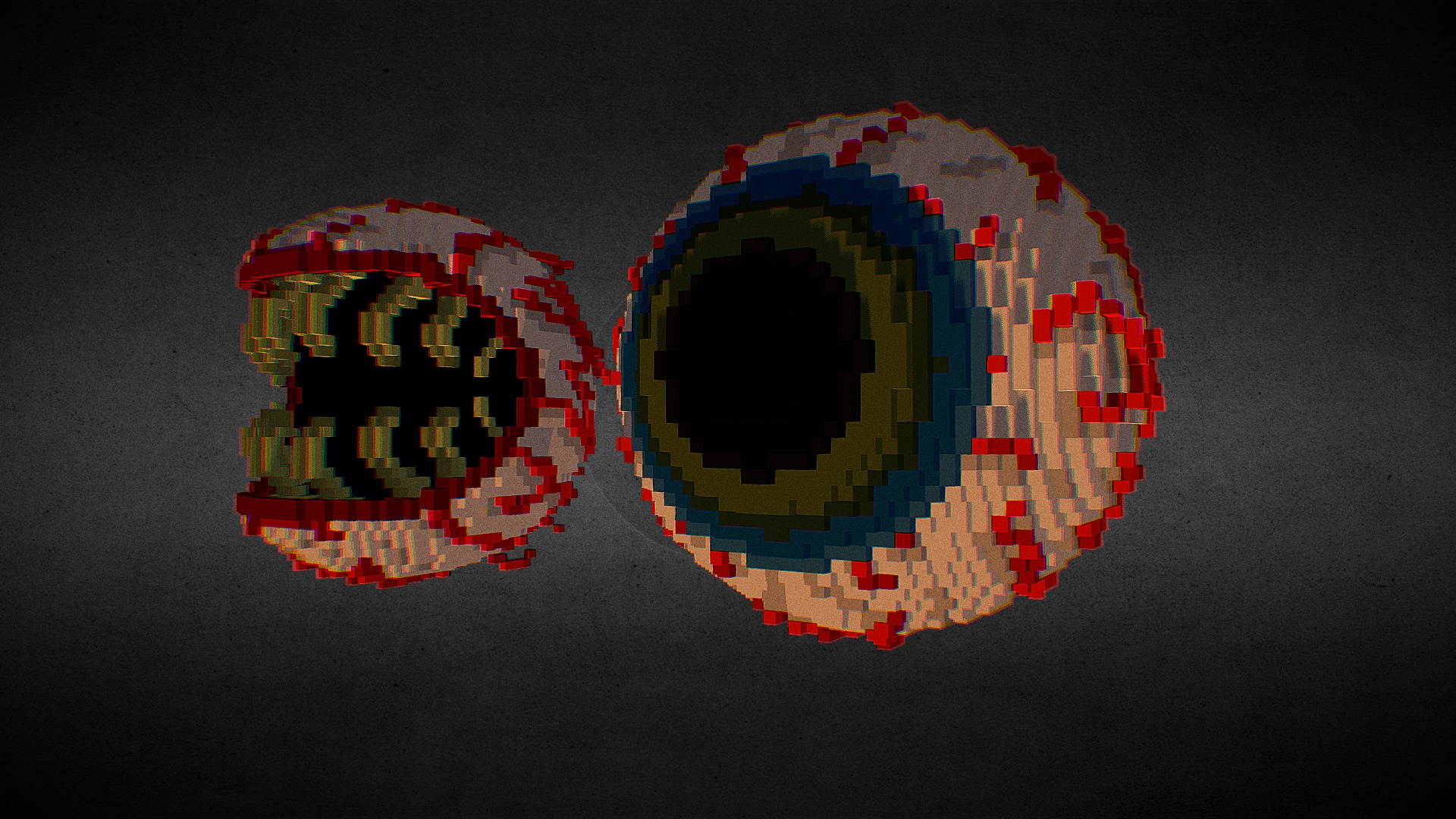

The eyeball is a round gelatinous organ that contains the actual optical apparatus. However, being a soft organ that is essentially a protrusion of neural tissue, the eye has to be equipped with all the additional features that will ensure that it can remain operational and intact. The structure of the human eye is such that light can enter, be refracted and trigger nerve impulses back to the brain which are then deciphered as images. While the eyeball is the actual sensory organ, the other parts of of the eye are equally important in maintaining the health and function of the eye as a whole.
Diagrams of an eye download#
Order or download your free copy.The human eye consists of the eyeball, optic nerve, orbit and appendages (eyelids, extraocular muscles and lacrimal glands). You can also find the information in this article in our free booklet Understanding and Living with Glaucoma. However, early detection and treatment can prevent vision loss and maintain remaining vision. Sight lost from glaucoma cannot be restored. With time, your central vision may also be affected. Often, peripheral (side) vision is affected first, so the change in your vision may be small enough that you may not notice it. This damage may cause gradual visual changes and loss of sight over many years. Glaucoma usually occurs in both eyes, but increased eye pressure tends to happen in one eye first. Identifying these other factors is a focus of current research. Doctors can identify this cupping shape in their examinations.Ī normal intraocular pressure (IOP) ranges between 12 and 22 mmHg (“millimeters of mercury,” a measurement of pressure.) If the pressure remains too high for too long, the extra pressure on the sensitive optic disc can lead to permanent vision loss.Īlthough high IOP is clearly a risk factor for glaucoma, we know that other factors also are involved because people with IOP in the normal range can experience vision loss from glaucoma. As the fibers are damaged and lost, the optic disc begins to hollow and develops a cupped shape. As the fluid builds up, it causes pressure to build inside the eye, which can damage these sensitive nerve fibers and result in vision loss. In most types of glaucoma, the eye’s drainage system becomes clogged so the intraocular fluid cannot drain. You have millions of nerve fibers that run from your retina to form the optic nerve. Proper drainage helps keep eye pressure at a normal level and is an active, continuous process that is needed for the health of the eye. Likewise, if your eye’s drainage system is working properly, then fluid can drain freely out to prevent pressure buildup. If your eye’s fluid system is working properly, then the right amount of fluid will be produced. The inner pressure of the eye (intraocular pressure or “IOP”) depends on the balance between how much fluid is made and how much drains out of the eye. It then reaches the eye’s drainage system, including the trabecular meshwork and a network of canals. The front part of the eye is filled with a clear fluid (called aqueous humor) made by the ciliary body. The optic disc is the area on the retina where all the nerve fibers come together to become the optic nerve as it leaves the eye to connect to the brain. The retina converts the light images into electrical signals, and the retina’s nerve cells and fibers carry these signals to the brain through the optic nerve. The lens inside our eye focuses this light onto the back of the eye, which is called the retina. At the center of the iris is a hole (covered by the clear cornea) called the pupil, where light enters the eye. The iris, a muscle, is the colored part of the eye that contracts and expands to let light into the eye. At the very front of the eye is a clear surface, like a window, called the cornea that protects the pupil and the iris behind that window. A clear thin layer called the conjunctiva covers the sclera. Understand the Eye to Understand GlaucomaĬovering most of the outside of the eye is a tough white layer called the sclera.


 0 kommentar(er)
0 kommentar(er)
